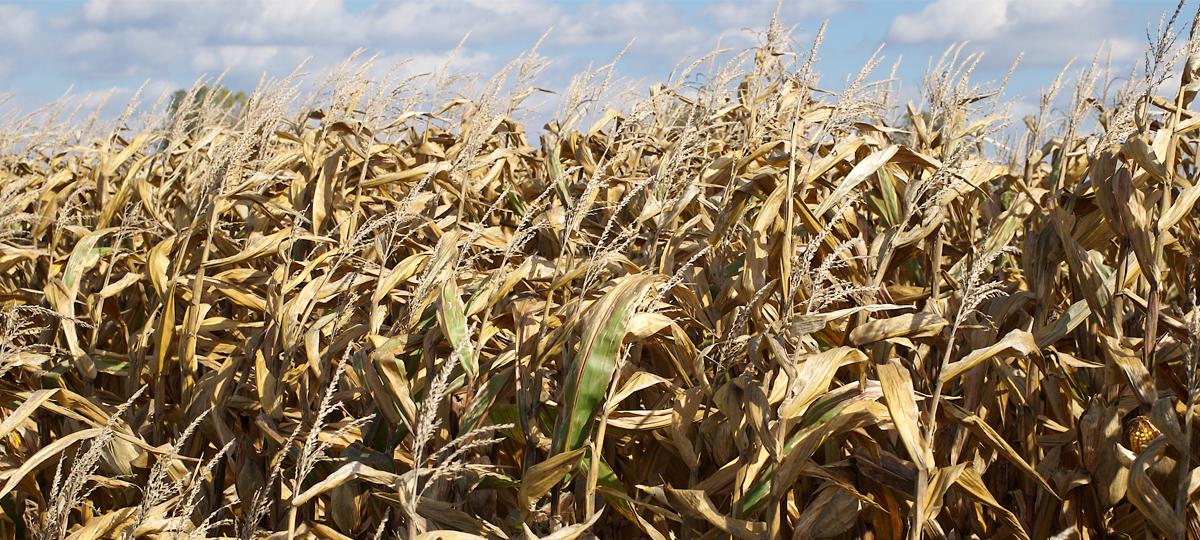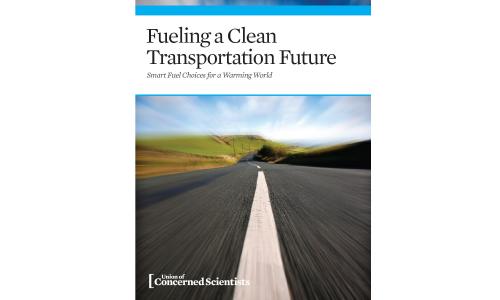Non-food based biofuels—such as cellulosic biofuels made from grasses or farm waste—offer huge potential for cutting our oil use and fuel-related emissions. The best cellulosic-based ethanol, for example, can produce 90 percent fewer global warming emissions, compared to gasoline.
These aren’t far-off technologies, either. Cellulosic biofuel plants are being built across the country, while biofuels researchers and entrepreneurs are creating new oil-saving opportunities every day.
With the right support, the United States could, by 2030, sustainably produce enough non-food biomass resources to generate 54 billion gallons of ethanol each year—over four times what we currently produce. Getting there requires smart government policy and support, but it’s a crucial (and clean!) element of cutting US oil use in half.

What about corn ethanol?
Around 40 percent of the corn grown in the United States is used as ethanol in our gasoline. This comes at a cost: the environmental and food supply problems caused by corn cultivation make it an ineffective oil and climate solution.
Specifically, using corn and other food crops to make fuel can raise food prices, pollute water systems, and lead to land-use changes that increase global warming pollution.
Sustainable expansion of biofuels requires moving beyond food-based fuels like corn ethanol, and toward cleaner, non-food based biomass resources. These resources—which include cellulosic fuels like perennial grasses, forest and agricultural residues, and waste—tend to have fewer and more easily-managed impacts.





